The manner in which we raise our children significantly influences their development. Positive parenting strategies emphasize the importance of fostering strong connections with kids through support, understanding, and well-defined limits. This methodology aids children in cultivating self-assurance, adaptability, and joy that persists into their adult lives. Whether you are managing a toddler’s outbursts or assisting your school-aged child in forming friendships, positive parenting offers a structure that promotes your child’s emotional health while imparting vital life lessons.

Building strong connections is the foundation of positive parenting
Core Principles of Positive Parenting
Positive parenting isn’t about being perfect or never setting limits. Instead, it’s about approaching parenting with intention, respect, and understanding. Research shows that children thrive when they feel secure, valued, and guided with clear expectations. Let’s explore the fundamental principles that make positive parenting so effective.
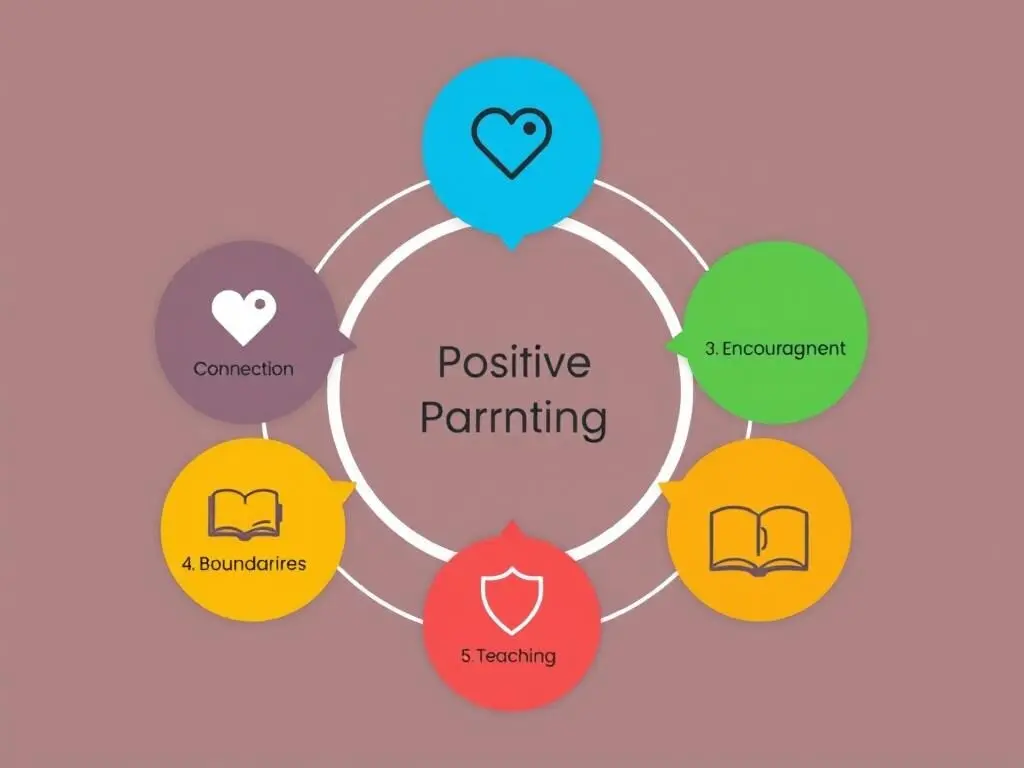
The five core principles that form the foundation of positive parenting
1. Building Strong Connections
The parent-child relationship is the foundation of positive parenting. When children feel connected to their parents, they’re more likely to cooperate and less likely to act out. This connection develops through quality time, active listening, and showing genuine interest in your child’s world.
Try setting aside just 10-15 minutes of undivided attention daily. During this time, follow your child’s lead in play or conversation without distractions from phones or other devices. This special time builds the emotional bond that makes other aspects of parenting more effective.
2. Showing Respect and Empathy
Children deserve the same respect we give adults. When we acknowledge their feelings and perspectives, even when we don’t agree with them, we teach empathy by example. Respecting children doesn’t mean letting them do whatever they want-it means treating them with dignity while providing guidance.
Practice validating your child’s emotions with phrases like “I can see you’re really frustrated right now” or “That must have been disappointing for you.” This validation helps children develop emotional intelligence and feel understood, even when they can’t have their way.
3. Encouraging and Empowering
Positive parenting emphasizes catching children doing things right rather than focusing on mistakes. When we notice and comment on positive behaviors, we reinforce them. Encouragement differs from praise-instead of general comments like “good job,” try specific observations about effort, improvement, or thoughtfulness.
For example, rather than saying “You’re so smart!” try “I noticed how hard you worked on that math problem. You didn’t give up even when it was difficult.” This type of encouragement builds intrinsic motivation and a growth mindset.
4. Setting Clear Boundaries
Contrary to some misconceptions, positive parenting is not permissive parenting. Children need clear, consistent boundaries to feel secure. The difference is in how these boundaries are communicated and enforced-with respect, explanation, and natural consequences rather than punishment.
When setting limits, explain the “why” behind rules in age-appropriate ways. For example, “We don’t throw toys because someone could get hurt or the toy might break.” Then follow through consistently with logical consequences when boundaries are crossed.
5. Teaching Rather Than Punishing
Positive parenting views misbehavior as an opportunity to teach rather than punish. When children act out, they’re often trying to meet a need or communicate something they don’t have words for. By addressing the underlying cause and teaching alternative behaviors, we help children develop better coping skills.
Instead of time-outs or taking away privileges, try problem-solving together: “What happened? How were you feeling? What could you do differently next time?” This approach helps children develop critical thinking and emotional regulation skills.
Practical Positive Parenting Techniques
Knowing the principles is one thing-putting them into practice is another. Here are actionable techniques based on research from the Child Mind Institute and other experts in child development that you can start using today.
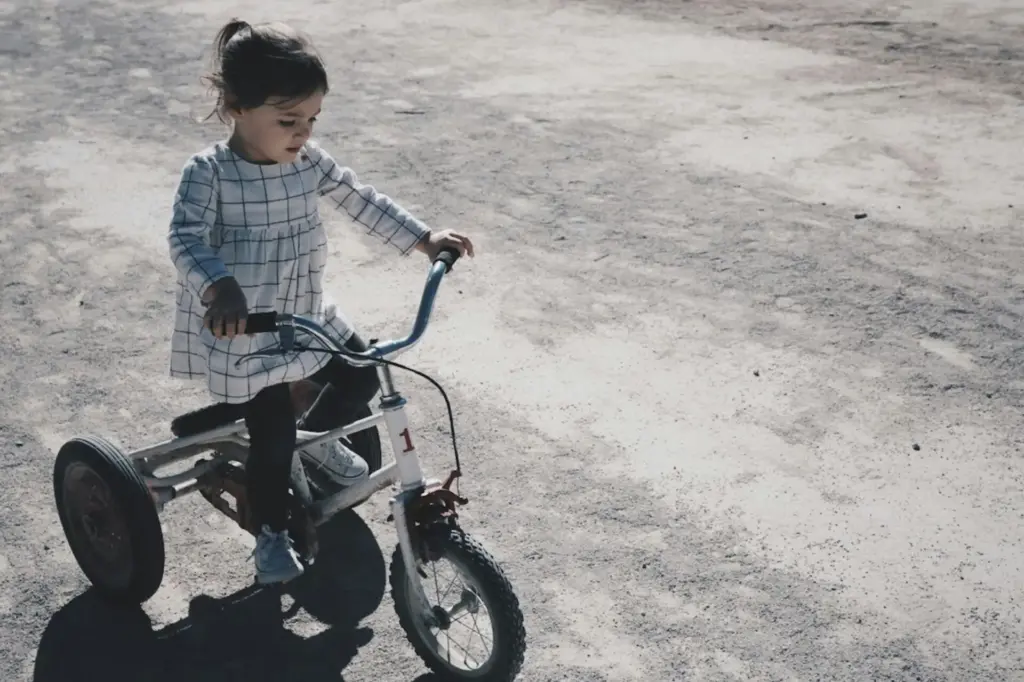
Modeling confidence helps children develop their own self-assurance
Model Confidence and Resilience
Children learn more from what we do than what we say. When they see us tackle challenges with optimism and perseverance, they learn to approach difficulties the same way. This doesn’t mean pretending to be perfect-it means letting them see how you handle setbacks constructively.
Try narrating your problem-solving process out loud: “This recipe didn’t turn out how I wanted. That’s disappointing, but I’m going to try again with these adjustments.” This shows children that mistakes are normal and fixable.
Embrace Mistakes as Learning Opportunities
When we overreact to children’s mistakes, we teach them that errors are shameful rather than valuable learning experiences. Instead, help your child see mistakes as part of the learning process. The Child Mind Institute emphasizes that confident people don’t fear failure-they know how to bounce back from it.
When your child makes a mistake, resist the urge to lecture. Instead, ask questions like “What did you learn from that?” or “What might you do differently next time?” This builds problem-solving skills and resilience.
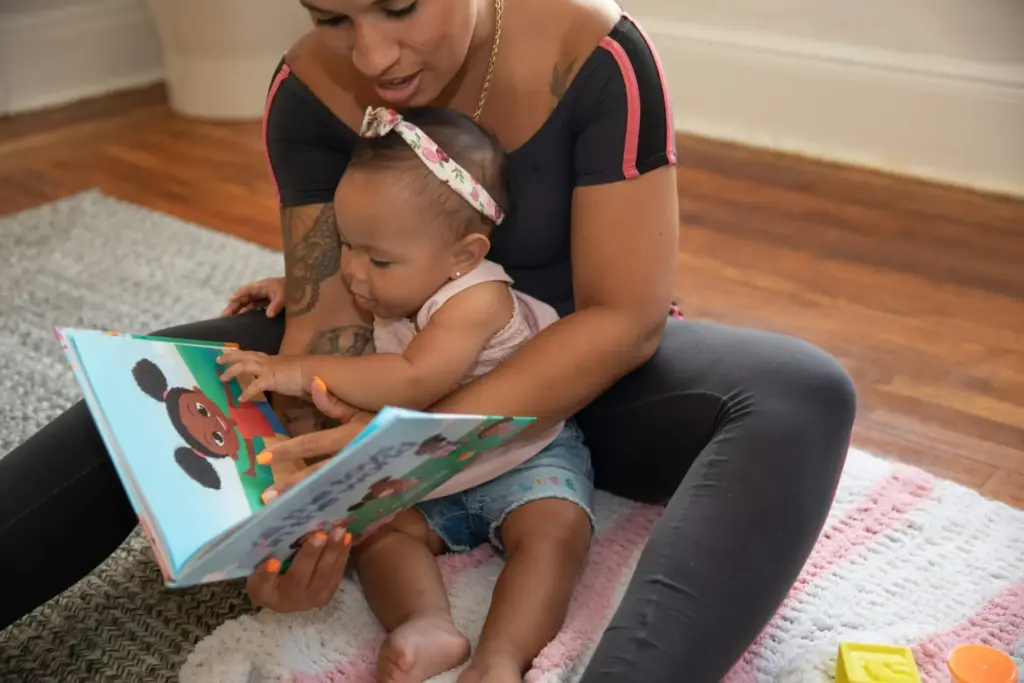
Encouraging children to try new things builds confidence and competence
Encourage Exploration of New Activities
Children develop confidence by mastering new skills and overcoming challenges. Expose your child to a variety of activities without pressuring them to excel at everything. The goal is to help them discover their interests and experience the satisfaction of improvement through effort.
Support your child in trying new things, but let them take the lead in choosing activities they enjoy. Remember that the process of learning and the joy of discovery are more important than achievement or winning.
Allow Age-Appropriate Independence
It’s natural to want to protect our children from disappointment or difficulty, but doing too much for them robs them of the chance to develop capability and confidence. Look for opportunities to step back and let your child handle age-appropriate tasks and decisions.
For younger children, this might mean letting them dress themselves even if the outfit is mismatched. For older children, it could involve planning and preparing a simple meal or navigating a familiar route in the neighborhood. These experiences build competence and self-reliance.
Celebrate Effort Over Outcome
When we focus exclusively on results-grades, wins, performances-we teach children that their value lies in achievement rather than character and effort. The Child Mind Institute recommends praising the process: the hard work, practice, and perseverance that go into any endeavor.
Instead of “You’re so smart!” try “I’m impressed by how you kept working on that problem until you figured it out.” This type of praise encourages a growth mindset where children believe their abilities can improve through effort.

Involving children in family responsibilities builds their sense of capability and belonging
Assign Meaningful Responsibilities
Children thrive when they feel needed and capable of contributing to the family. Age-appropriate chores and responsibilities communicate that you trust their abilities and value their contribution. Even young children can help sort laundry, set the table, or feed pets.
Frame responsibilities positively: “You’re such a help to our family when you take care of the recycling” rather than “You never remember to take out the recycling.” This builds a sense of competence and connection to the family unit.
Show Unconditional Love
Perhaps the most important technique is ensuring your child knows they are loved regardless of achievements, behavior, or mistakes. The security of unconditional love gives children the confidence to take risks, try new things, and recover from setbacks.
Make a habit of expressing love in words and actions during ordinary moments, not just when your child has done something to please you. Simple statements like “I love watching you play” or “I’m so glad you’re my child” communicate that your love isn’t contingent on performance.
Positive Parenting in Action: Real-Life Scenarios
Understanding principles and techniques is helpful, but seeing positive parenting applied to common challenges makes it more concrete. Here’s how these approaches work in everyday situations:

Responding calmly to tantrums helps children learn emotional regulation
Handling Tantrums Positively
When your child has a meltdown in the grocery store, your first instinct might be to give in or get angry. Instead, try:
Traditional Approach
- “Stop crying right now or we’re leaving!”
- Threatening punishment if behavior continues
- Giving in to demands to stop the tantrum
- Feeling embarrassed and rushing to end the situation
Positive Parenting Approach
- Stay calm and acknowledge feelings: “I see you’re really upset right now.”
- Offer comfort while maintaining boundaries: “I understand you want that toy, but we’re not buying it today.”
- Provide choices within limits: “Would you like to help me find the apples or the bread first?”
- Discuss better ways to express feelings when everyone is calm
This approach teaches emotional regulation while maintaining boundaries. Over time, children learn better ways to express their needs and handle disappointment.
Fostering Independence in Daily Routines
Morning routines can be battlegrounds or opportunities for building independence. Here’s how positive parenting transforms this daily challenge:
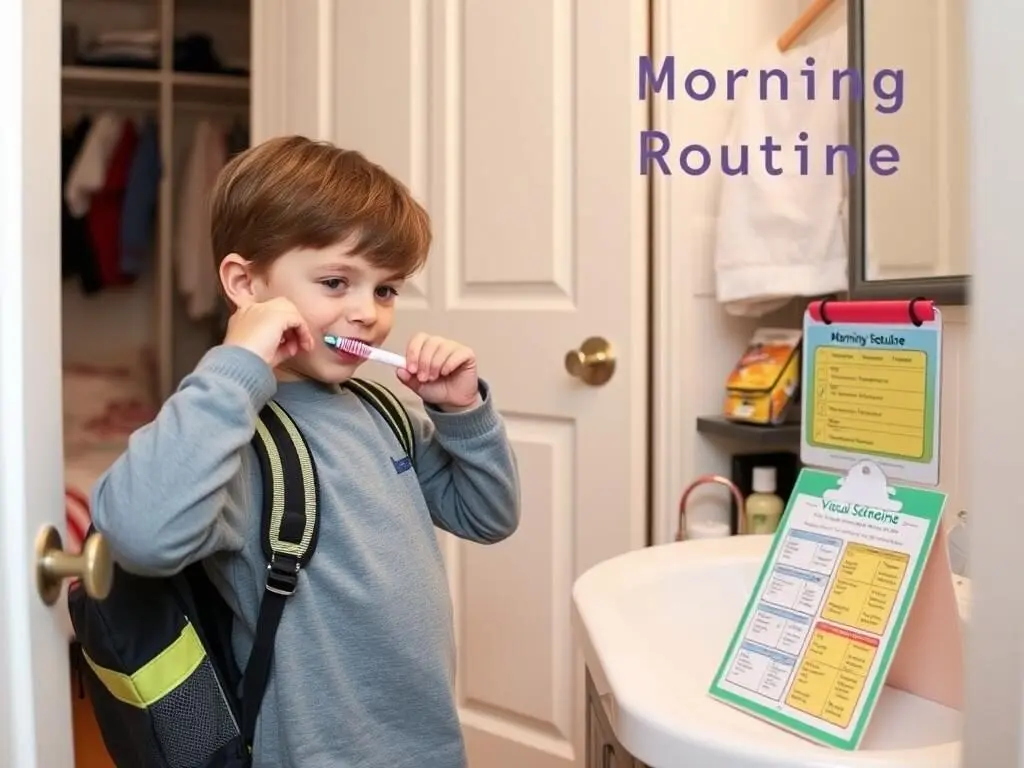
Visual schedules help children develop independence in daily routines
Traditional Approach
- Repeatedly reminding and nagging
- Doing tasks for the child to save time
- Getting frustrated when things aren’t done quickly
- Taking over when tasks aren’t done perfectly
Positive Parenting Approach
- Create a visual schedule together showing each step
- Build in extra time for learning and mistakes
- Offer specific encouragement: “You remembered all your morning steps without reminders!”
- Focus on progress rather than perfection
This approach builds competence and confidence while reducing morning stress. Children learn valuable life skills and experience the satisfaction of managing themselves.
Navigating Sibling Conflicts
When siblings fight, it’s tempting to play referee or punish both parties. Positive parenting offers a more effective approach:

Teaching conflict resolution skills helps siblings develop healthy relationship patterns
Traditional Approach
- Determining who started it and punishing the “guilty” party
- Solving the problem for them by deciding who gets what
- Separating children without addressing the underlying issue
- Getting frustrated and making threats
Positive Parenting Approach
- Remain neutral and help each child express their perspective
- Teach problem-solving skills: “What solutions can we think of?”
- Guide children to find a resolution they both accept
- Acknowledge cooperation: “You two figured out a way to share that works for both of you!”
This approach teaches valuable conflict resolution skills that benefit children in all relationships. It also builds empathy as children learn to consider others’ perspectives.
Visual Tools for Positive Parenting
Sometimes a picture is worth a thousand words. These visual resources can help implement positive parenting techniques in your home:
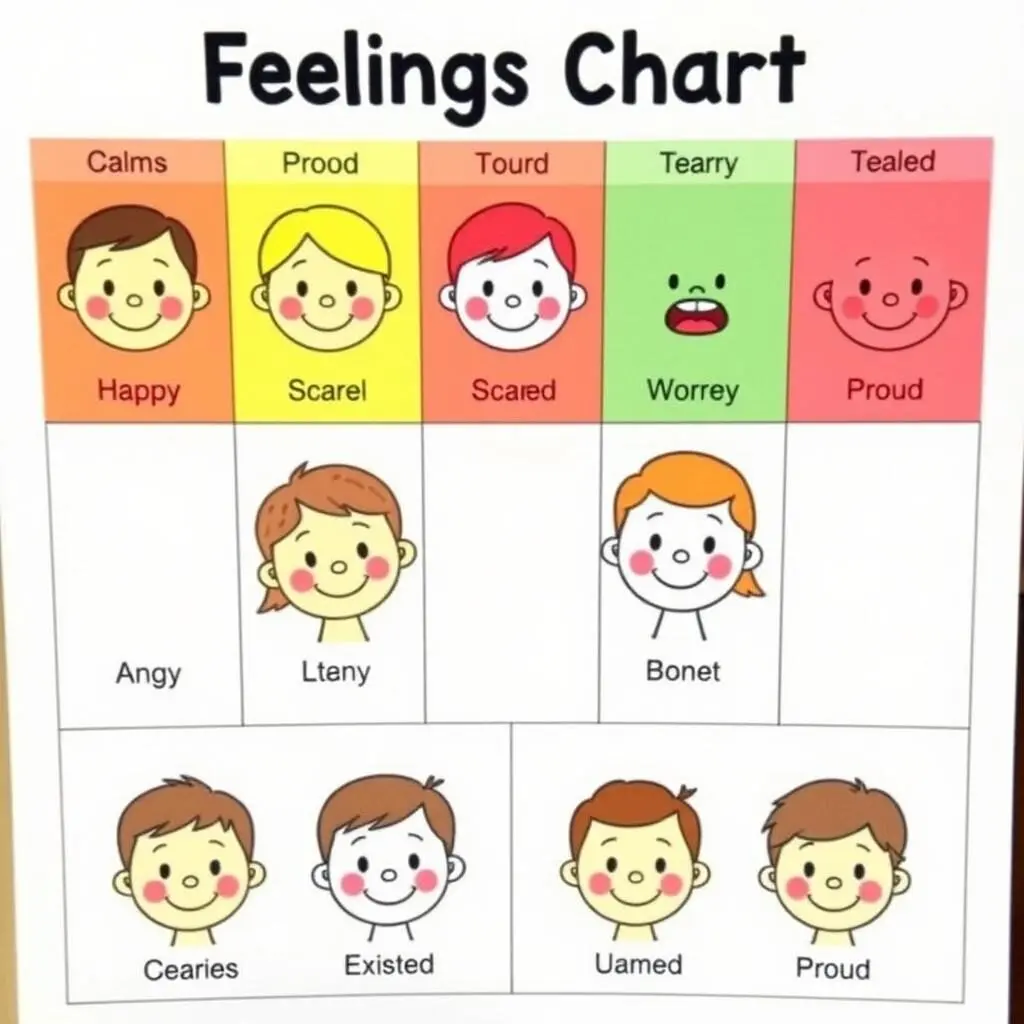
Feelings Chart: Helps children identify and express emotions

Calm-Down Corner: A dedicated space for emotional regulation
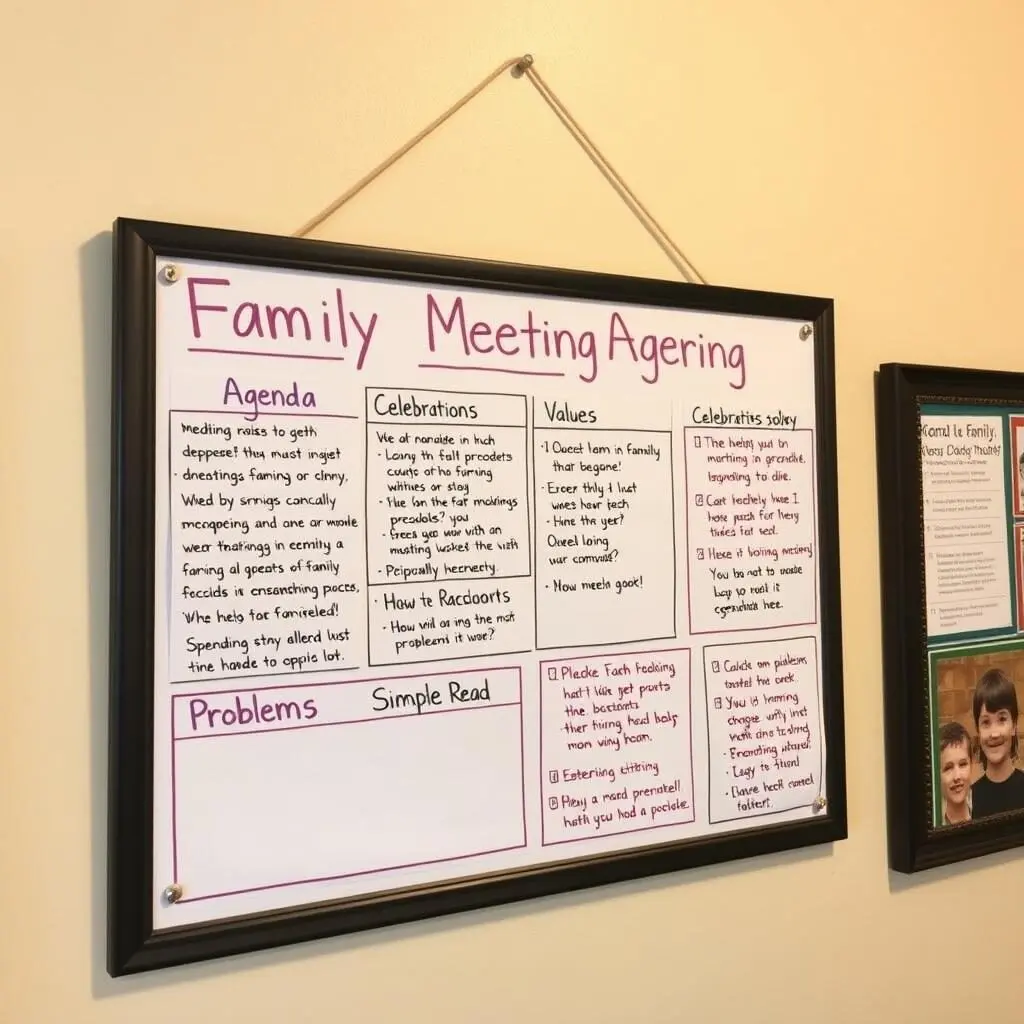
Family Meeting Board: Facilitates communication and problem-solving
Embracing the Positive Parenting Journey
Positive parenting isn’t about achieving perfection – it’s about creating a home environment where children feel valued, capable, and loved unconditionally. By focusing on connection before correction, teaching rather than punishing, and encouraging rather than criticizing, you help your child develop the confidence and emotional skills they need to thrive.
Remember that implementing these techniques takes practice and patience. There will be days when you fall short of your own expectations, and that’s okay. What matters most is your commitment to growing alongside your child and maintaining the relationship that forms the foundation of their emotional well-being.
As the Child Mind Institute emphasizes, showing your love consistently-even during challenging moments-is perhaps the most powerful positive parenting technique of all. When children know they are loved no matter what, they develop the secure foundation they need to explore, learn, and become their best selves.

The heart of positive parenting is the loving connection between parent and child






